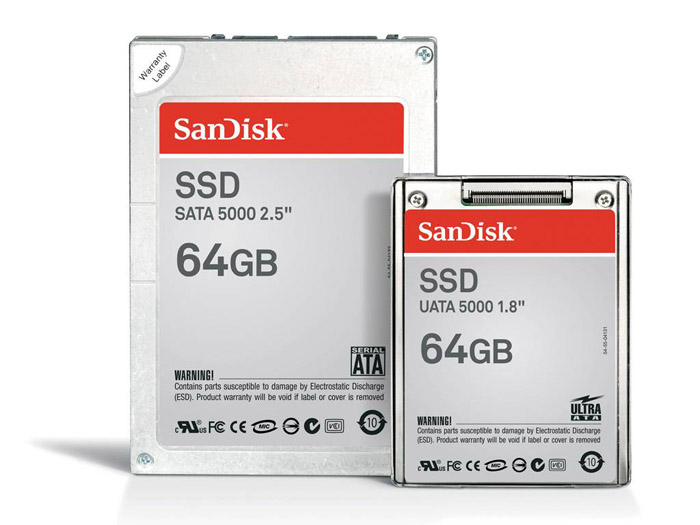Hitachi counters fears of early SSD failure
New solid-state drive lasts 100 times longer than at present

We frequently report on advancements in the field of solid-state disks ( SSDs), usually in terms of storage capacity, as they continue their march to replace traditional, spinning hard drives in computers over the next few years, but if Hitachi is to be believed early adopters may be in for a shock.
That's because - according to Hitachi ULSI Systems in Japan - the flash memory used in SSDs has a relatively short lifespan before it begins to fail. So serious is the problem caused by the limited number of times NAND flash memory can be overwritten, Hitachi has developed a new type of SSD to compensate.
Keeps on going
The company's MS9730 drive is soon to be produced for sampling and is claimed to be able to handle 100 times more write cycles than the existing models currently taking the market by storm.
It achieves this by including a control chip that analyses how programs use the data on a computer and decides which information needs to be overwritten most frequently once stored. That high-priority data is then kept not in the NAND flash, but in the volatile DRAM memory all SSDs contain.
Up to 40GB
When the drive is turned off, anything in the DRAM is copied to the NAND, ensuring nothing is lost and the SSD as a whole sees far less wear and tear, leading to a longer lifespan.
The new drive should be available from October in 4GB, 8GB, 20GB and 40GB capacities, 2.5-inch or 3.5-inch cases and with either parallel or serial ATA interfaces.
Sign up for breaking news, reviews, opinion, top tech deals, and more.
J Mark Lytle was an International Editor for TechRadar, based out of Tokyo, who now works as a Script Editor, Consultant at NHK, the Japan Broadcasting Corporation. Writer, multi-platform journalist, all-round editorial and PR consultant with many years' experience as a professional writer, their bylines include CNN, Snap Media and IDG.